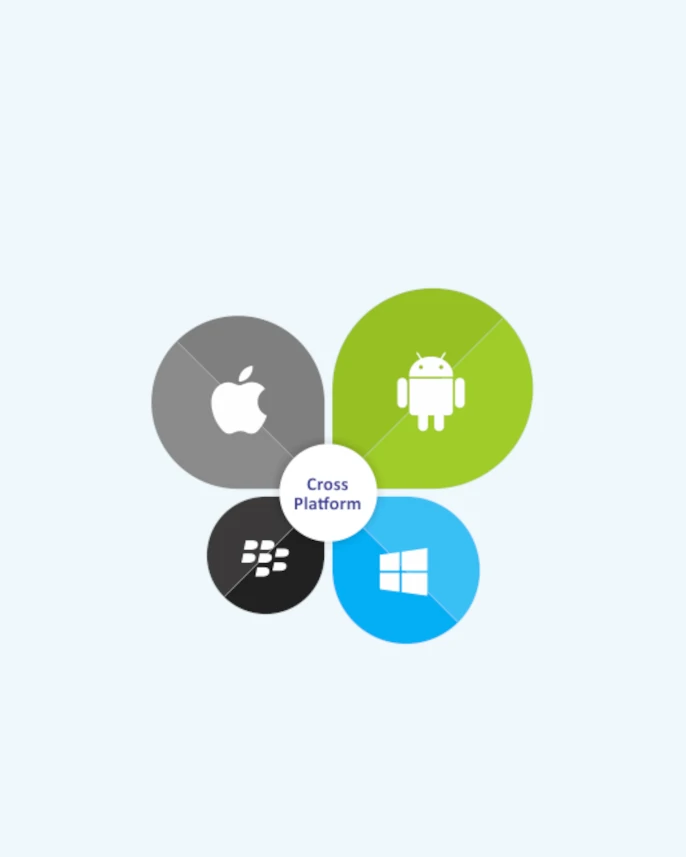If you’ve been wondering what cross-platform development entails, then you’ve come to the right place. Cross-platform development, a groundbreaking approach, empowers developers to create applications compatible with multiple operating systems using a single codebase. Instead of writing distinct codes for iOS, Android, Windows, or other platforms, developers streamline the process, saving time and resources.
A Look into Cross-Platform Development Frameworks
First and foremost, it’s vital to delve into the numerous frameworks that make cross-platform development a reality. For instance, React Native is a popular choice. Created by Facebook, it empowers developers to build mobile apps using JavaScript and React. Another noteworthy option is Xamarin. Xamarin, with its C# codebase, offers an elegant solution for creating apps for both Android and iOS. Furthermore, there’s Flutter, developed by Google. This phenomenal framework uses the Dart programming language and boasts impressive UI capabilities.
Subsequently, there’s Apache Cordova, previously known as PhoneGap. This powerful framework bridges web applications and mobile devices. It’s particularly beneficial for those who are already proficient in HTML, CSS, and JavaScript.
Why Choose Cross-Platform Development?
One might ask why cross-platform development is gaining momentum. The answer lies in the myriad of benefits it provides. To begin with, it’s cost-effective. Since you’re working with a single codebase, development and maintenance costs are significantly reduced. In addition, cross-platform development accelerates the development process. Consequently, businesses can swiftly deploy their apps to various platforms.
Moreover, consistency in UI/UX design across different platforms is another invaluable advantage. This ensures that users have a uniform experience, regardless of the device they are using. Furthermore, it’s easier to implement updates and fixes. You make changes to a single codebase, and they’re reflected on all platforms.
Real-World Examples and Final Thoughts
Let’s conclude by showcasing a few real-world examples. Facebook Ads Manager, for example, is built using React Native. This cross-platform app successfully serves millions of users. Moreover, Microsoft’s Xamarin was the chosen framework for building the UPS mobile app, used for tracking and shipping packages globally.
In summary, this development is revolutionizing how apps are created and deployed. With its plethora of benefits including cost-effectiveness, faster development times, and consistency in design, it’s no surprise that more and more developers and companies are embracing this approach. As technology continues to evolve, we can anticipate further advancements in cross-platform development, making it even more robust and efficient.
